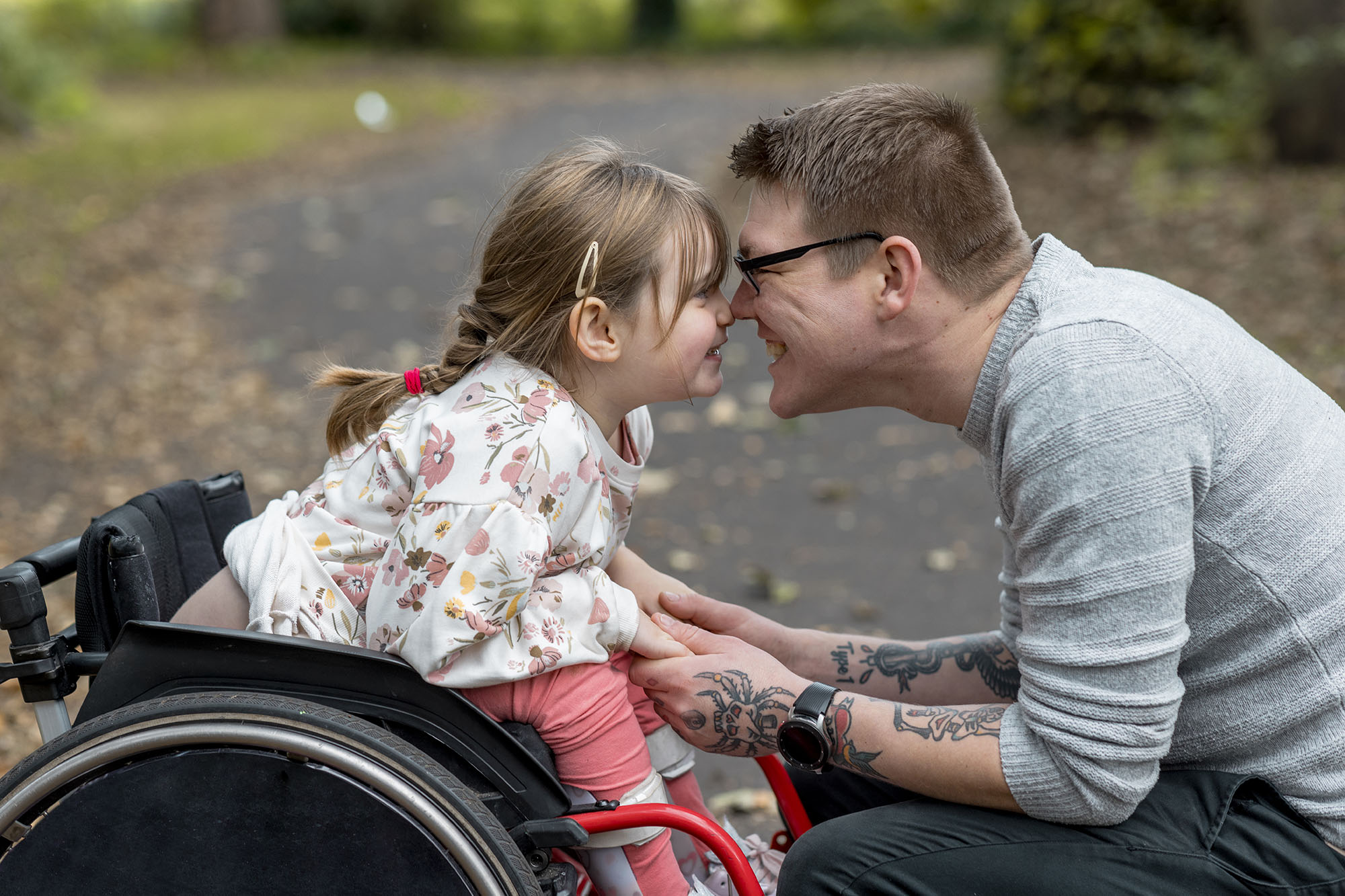Four Keys to Healthy Emotional Expression

Did you know that helping your child to express and regulate their emotions in a safe, caring environment is one of the best skills you can teach them? It’s crucial for healthy growth, so they can create positive and rewarding relationships later on. With these skills, your child can manage stress better, solve more problems, and navigate challenges.
Here are some ideas to build on what you’re already doing to help your child manage their feelings.
1
Take care of yourself and prioritize your self-care.

To help your child with their emotions and relationships, it’s important to take care of your own mental, social, and emotional needs. Like a battery that needs to recharge in order to work well, taking time to fully recharge helps you be the best version of yourself. When you make time to meet your own needs, you can show up as a better parent for your children and family. You can grow resilience and weather the challenges of life.
When you make time to meet your own needs, you can show up as a better parent for your children and family.
Even if you don’t have a lot of time, you can prioritize your self-care with just a few minutes a day. Try to do one thing every day that you enjoy doing to prioritize your physical or mental health.
- To get started, try journaling, meditating, going on a walk, taking a hot bath, or talking to friends.
- Take care of your physical health by eating right, sleeping enough, and exercising.
2
Build healthy routines to create security and predictability.

Having predictable routines supports your child’s emotional health by creating safety, security, and support. They also teach children healthy habits, like brushing their teeth. And they’re good for you, too — they help keep you organized when life gets busy. Routines make it easier for you to spend time with your child and strengthen your relationship.
Try making a daily routine that works for your schedule, so you can stick to it. Think about activities you enjoy doing together to get started. Create time to eat meals together or read a bedtime story at the same time every night. Make sure your routines are regular, planned, and predictable, but flexible in case you need to make changes to it.
3
Listen with care to and help your child express and name emotions.

Helping your child regularly talk about how they are feeling through their ups and downs helps them understand their emotions. When children know that you listen and accept their feelings, they can accept and understand them without fear. They can also develop self-compassion and empathy for others.
Listen carefully by asking your child questions about their emotions, and reflecting on what they say while making eye contact with them. This is how your child can feel seen, cared for, and supported in expressing their emotions. You can also model healthy emotions by letting your child see yours.
4
Do creative activities together and celebrate emotional expression.

Creative activities let your child express a different side of themselves and learn more about themselves so they can understand their feelings. Observe what your child likes to do, so you can try these activities together. This might be cooking, painting and drawing, poetry, or dancing, or any other creative activity.
Creating shared moments for talking about and expressing emotions with your child takes regular practice — just like sports or school. Through small, everyday habits, you have the power to create a safe, emotionally supportive space for your child. You are giving them a toolkit to build resilience, navigate challenges successfully, and thrive at school, work, and life.



